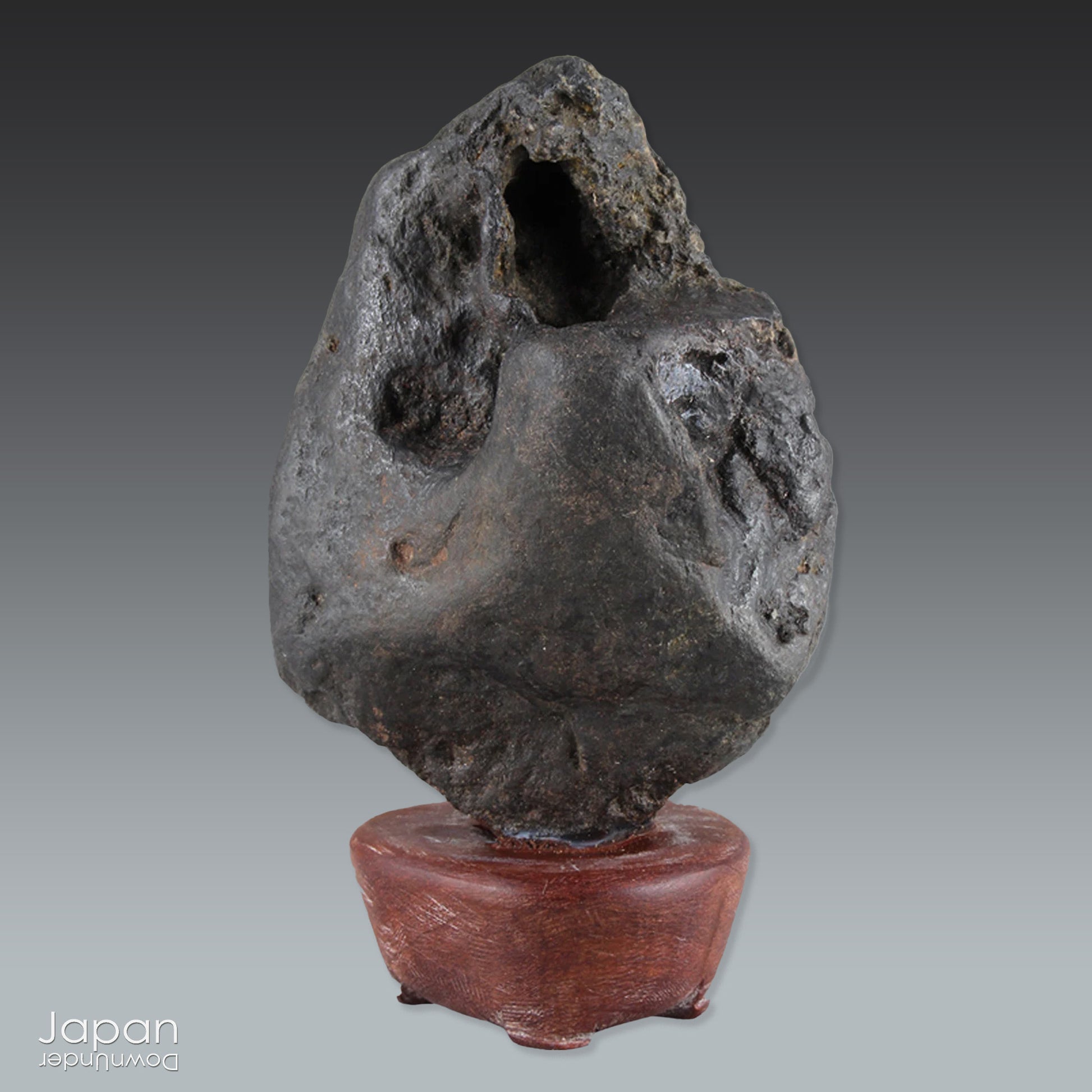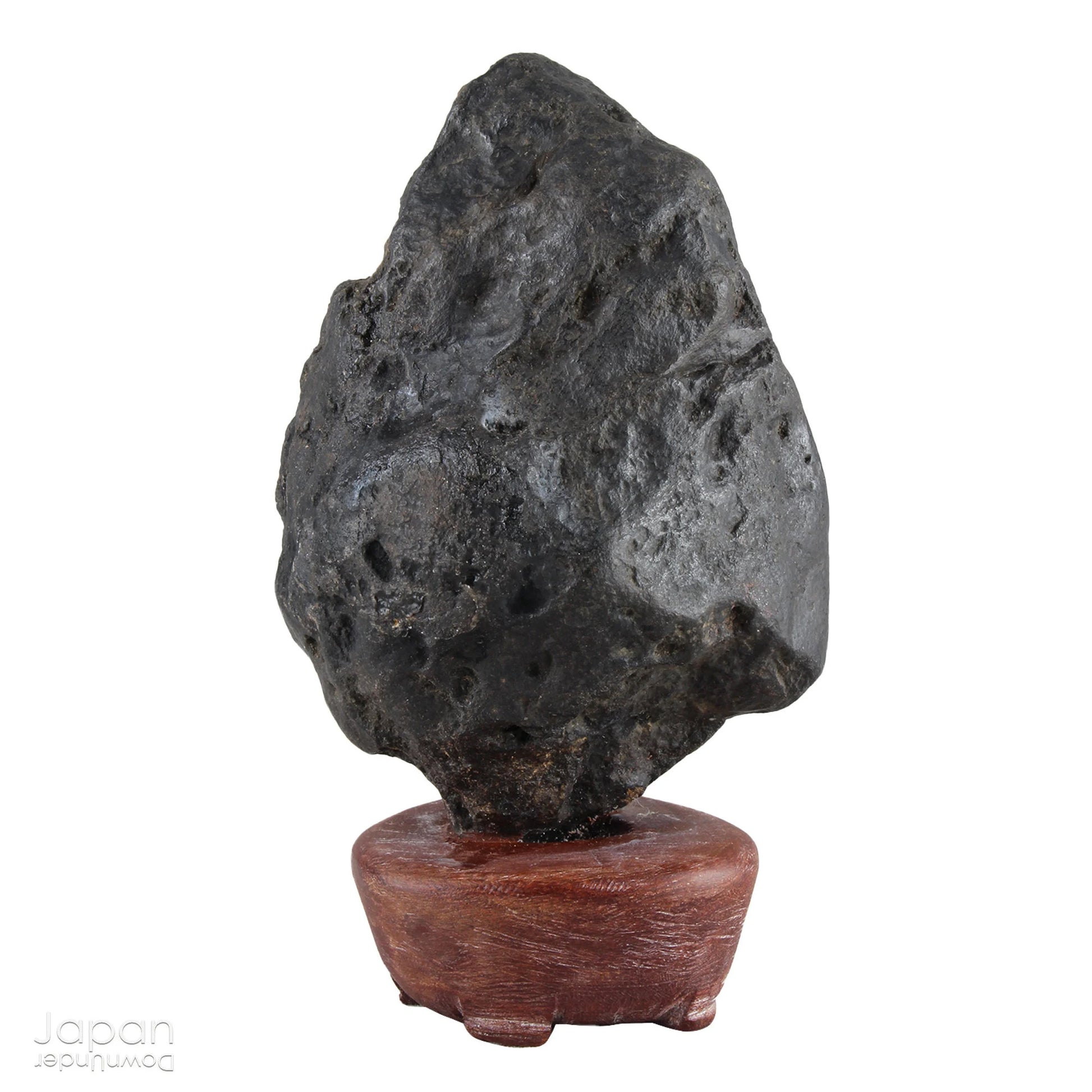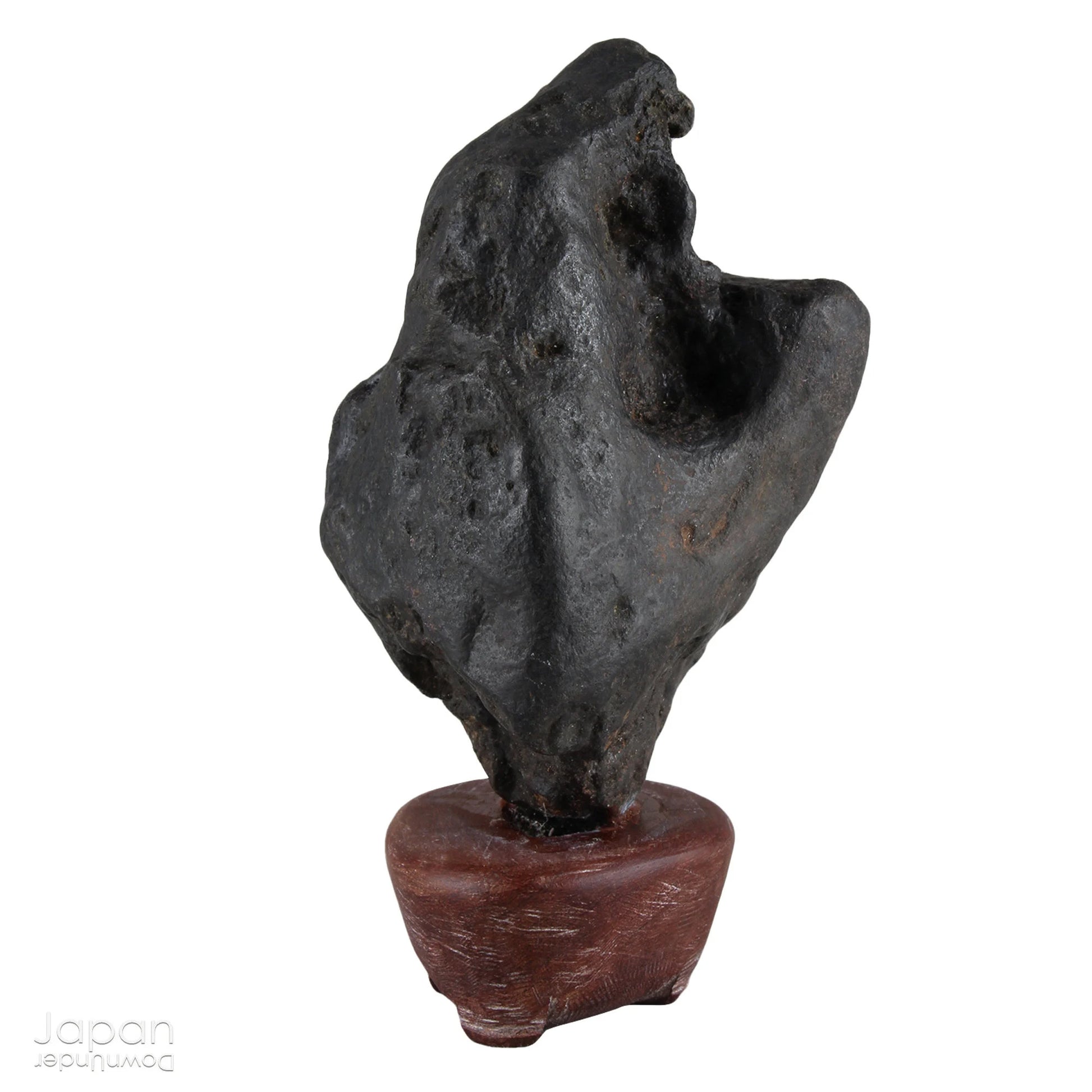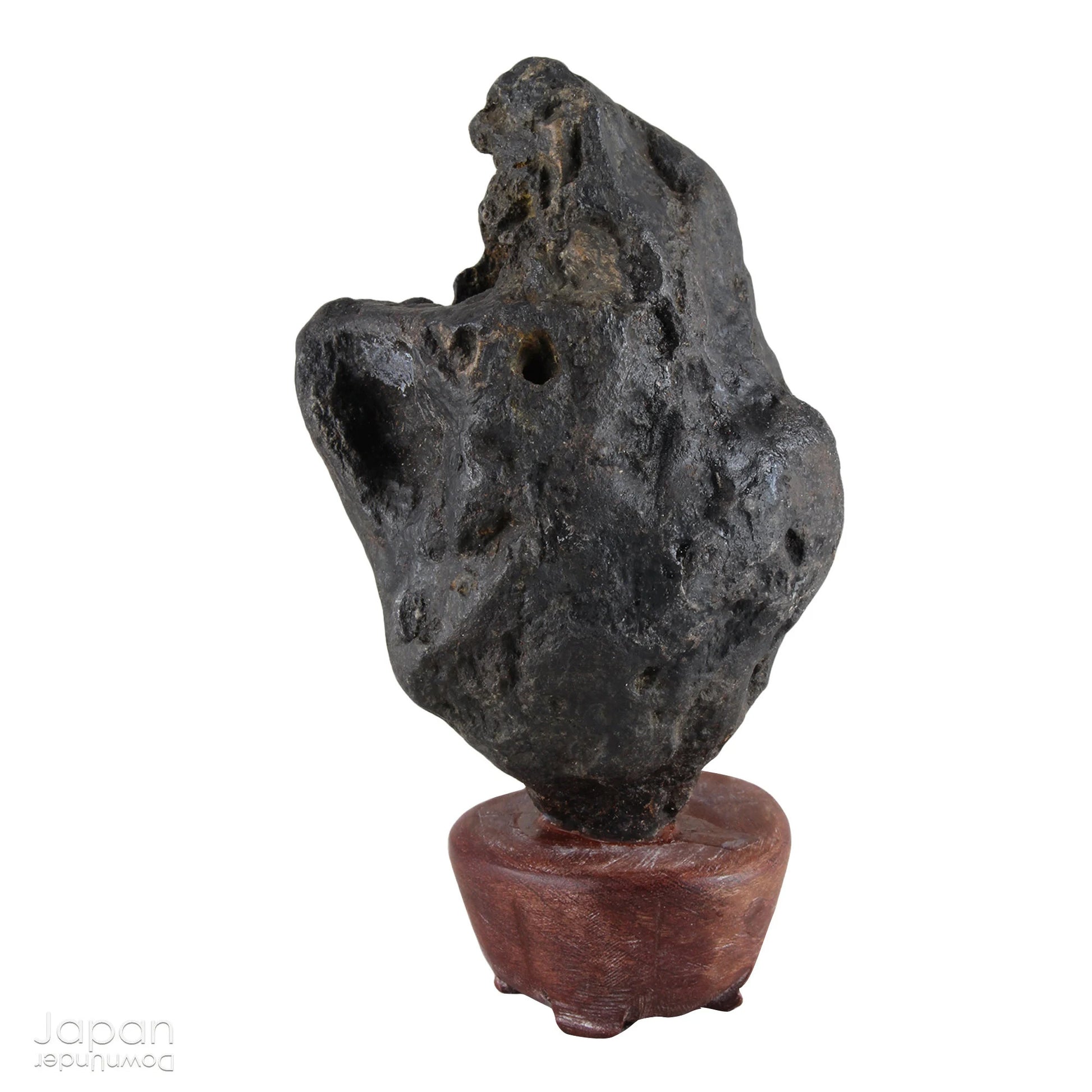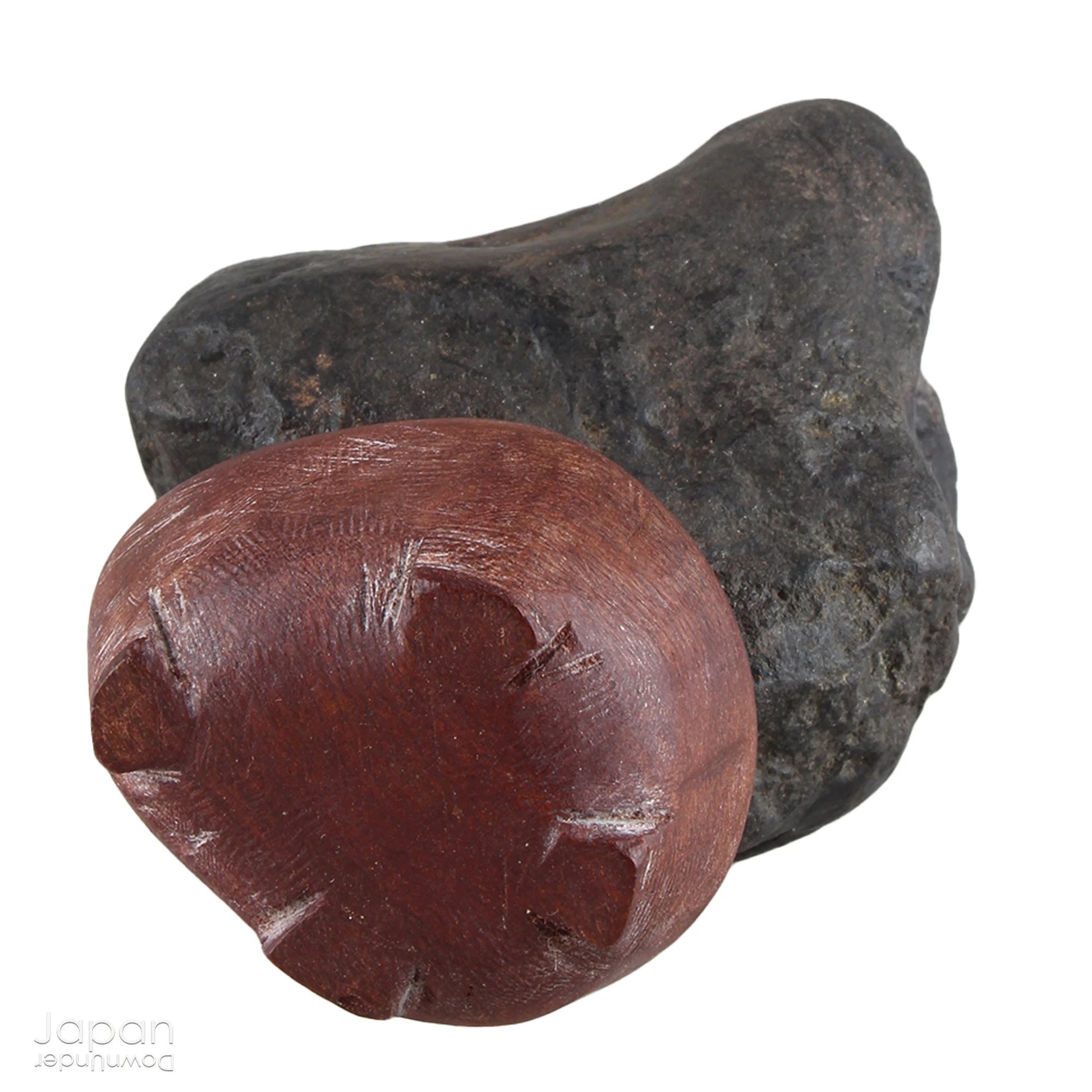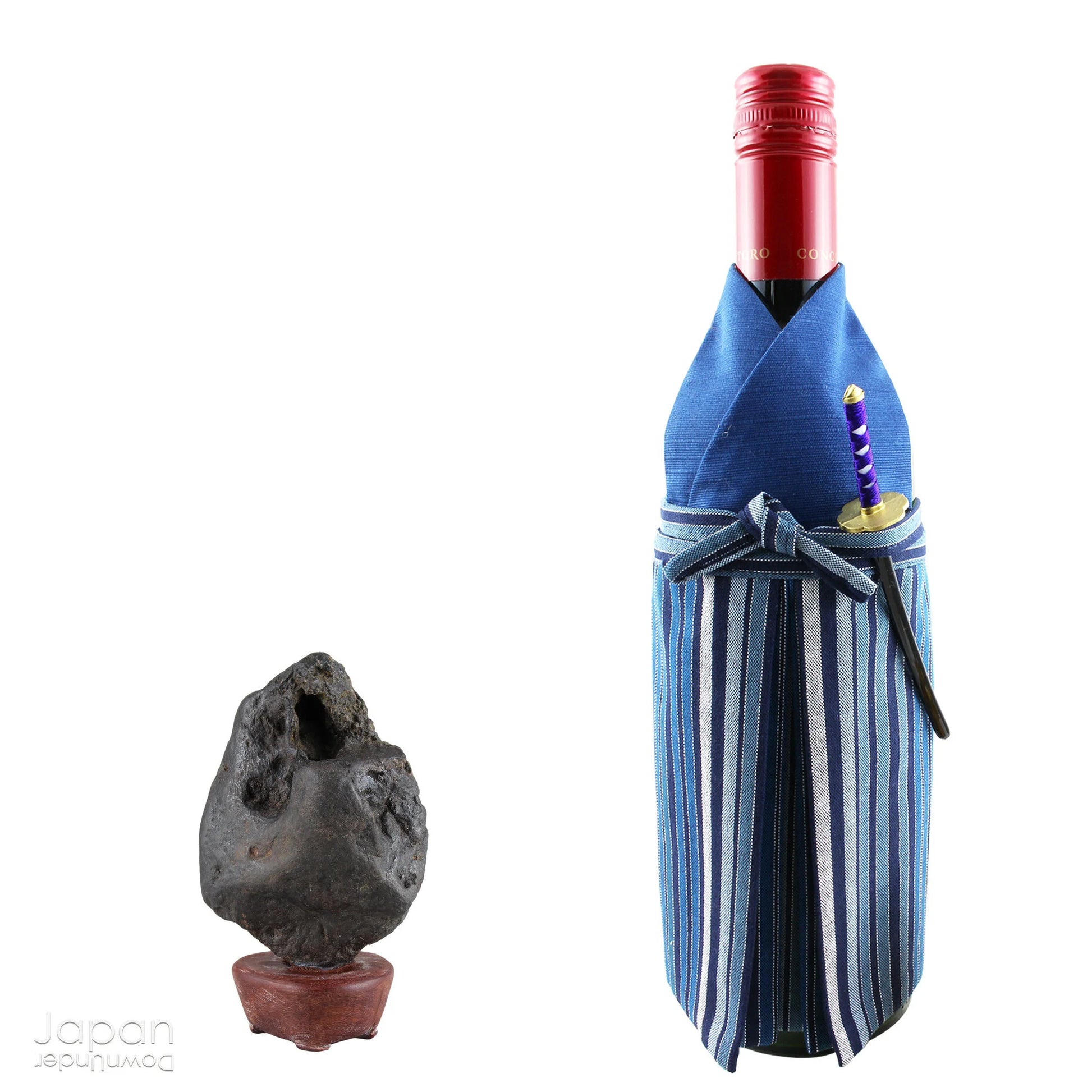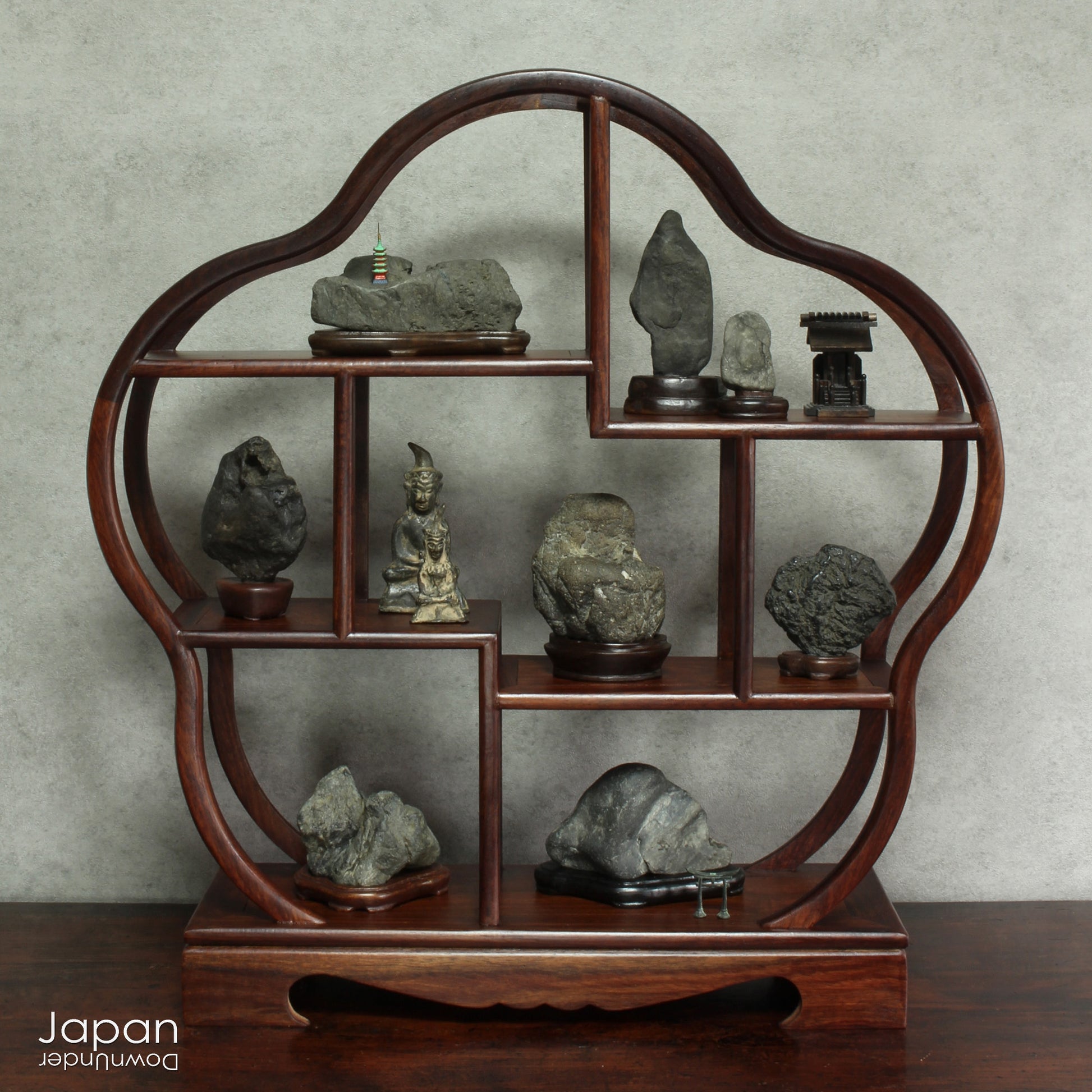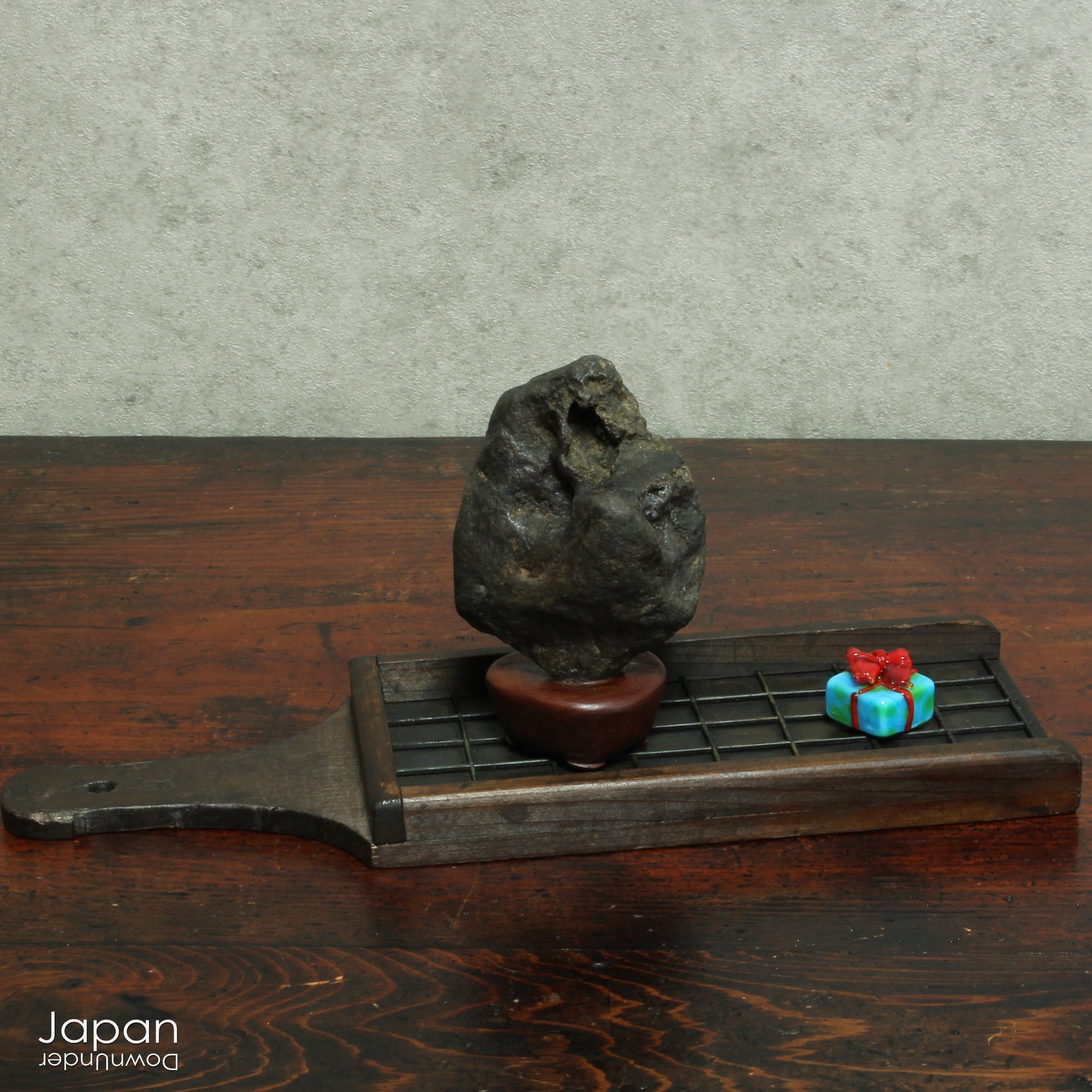JapanDownUnder
vintage japanese suiseki viewing stone on handcrafted wood stand - meditation and power stone
vintage japanese suiseki viewing stone on handcrafted wood stand - meditation and power stone
Couldn't load pickup availability
Love Japanese Style Like We Do
Gracefully poised atop a hand-carved wooden daiza (stand), this suiseki stone emanates a quiet, contemplative energy - making it an ideal centerpiece for spaces devoted to mindfulness, reflection, or artistic inspiration.
Suiseki - naturally shaped stones revered in Japanese tradition - are more than geological curiosities. Sculpted over centuries by the gentle yet relentless forces of wind, water, and time, these stones often resemble miniature landscapes. Rich in suggestion and visual poetry, they invite introspection and spiritual stillness. Historically used in meditation, prayer, and tea ceremonies, suiseki are treasured for the calm and clarity they bring.
This particular piece, dating back to the Showa Era, is small yet remarkably weighty. Its dark ash-grey tone is complemented by a smooth surface etched with deep, organic erosion markings. The form subtly suggests the silhouette of a Christmas tree - though, as with all suiseki, interpretation lies entirely in the eye and spirit of the beholder.
Resting securely on its finely carved wooden daiza, this stone carries a label identifying its origin: the Aichi River. Both stone and stand are in very good condition.
Perfect as a stand-alone art object or as part of a curated display, this suiseki can be paired with seasonal artwork or arranged on a segmented shelf alongside other meaningful items to create a serene and authentic Japanese interior accent.
Engaging with suiseki is an ever-evolving experience. The stone remains unchanged, yet its form invites endless interpretations. Each viewing stirs new insights - nurturing reflection, deepening appreciation for the natural world, and quietly enriching the soul.
- stone measures 11 cm (4.3”) high x 6.5 (2.5”) cm wide.
- weighs 300 gm.
(listing for suiseki stone on daiza only)
SHIPPING INFORMATION
- please read our shipping notes in shipping policy.
- we use recycle packaging wherever possible and wrap for safety, rather than appearance!
ABOUT OUR VINTAGE, ANTIQUE AND OTHER ITEMS
We list pieces we feel are worthy of display. There may be scratches, dents, fading and signs of wear and tear. We try to explain the condition of each item exactly, but may miss something.
Information regarding the item and it’s age is obtained from dealers and our personal research. We do our best to give you the correct information but please be aware that we cannot guarantee this information.
Please message us prior to purchase with any questions you may have about our products.
SUISEKI - JAPANESE VIEWING STONES
Between 592-628 the Japanese Empress Regent Suiko received gifts of viewing stones from the Chinese Imperial Court. She liked them so much that she began the tradition of collecting stones in Japan. Viewing stones were also much admired by Samurai warriors who used them for meditation.
Japanese suiseki have a flat bottom and a best side for viewing. Chinese stones are often changed by cutting or drilling holes in the stone, or throwing them in a river for a decade. The Japanese have much stricter rules and all stones must be found in nature without being changed in anyway.
Traditional Japanese stones are classified into a variety of subject categories. There are rugged mountain ranges, mountain peaks from near and afar, snow capped mountains, mountains with waterfalls and lakes, mountain plateaus, coastal rocks with tunnels, human shapes, animal shapes, hut shapes and stones with pictures, to name a few.
Suiseki stones are placed on a daiza, suiban or doban. Daiza are carved wooden mounts that fit the base of the stone. Suiban (ceramic) and doban (copper) are waterproof, rectangular or oval trays, filled with sand. Mats, stands and tables are then used to display the suiseki to create a scene, often using mini bonsai. Bronze or ceramic miniature figures are sometimes used to enhance the theme of the scene and hanging scrolls or shikishi paintings are added to create a seasonal feel to the scene.
Small stands with asymmetrical shelves are also another option to display your suiseki along with other items of value. Miniature landscape suiseki, together with miniature bonsai, teapots, religious goods and small ornaments can create a beautiful living scene with various themes within the display.
After many hours of imagining a stone will reveal what is has to offer. The stone has stayed the same all this time, but the mind has been moved by this object. It is this feeling, one that will continue endlessly as we discover new dimensions to the stone, that brings our satisfaction in the appreciation of suiseki, nurturing our soul and heightening our love of nature and mankind.
Share









